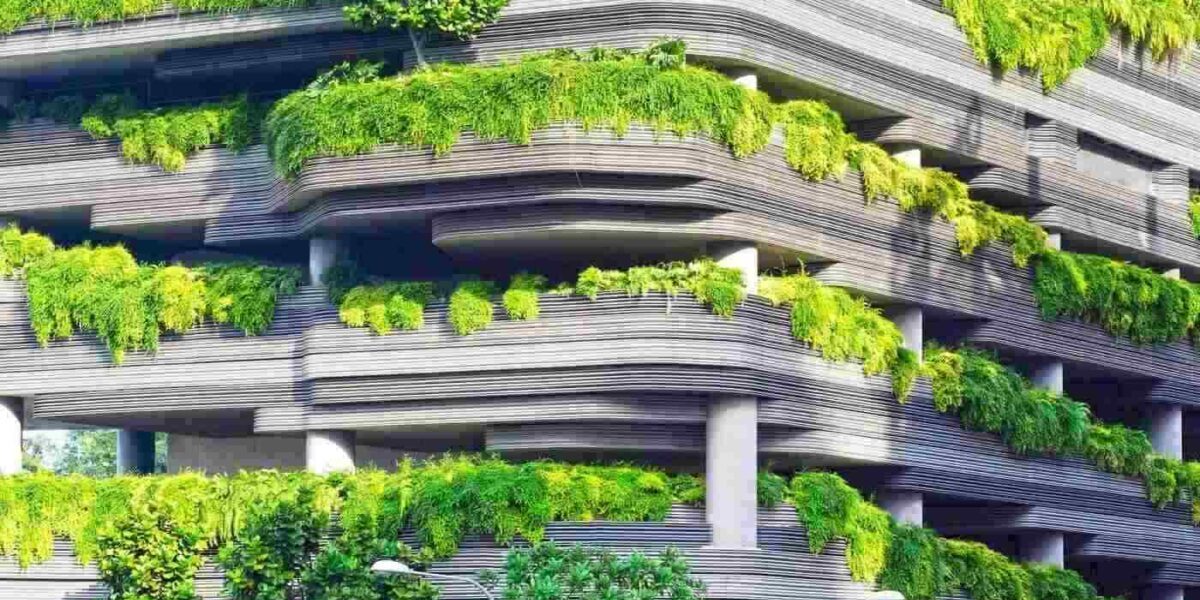Eco Glass Fibers from Avers
Win-win situation in the construction industry
The ecological problem of the plastic industry
The global, predominantly petroleum-based plastic industry is making significant efforts to reduce its ecological footprint, as many of its products either do not decompose or take an extremely long time to break down in nature. Recycling presents numerous challenges and is often not economically viable. One of the major issues in the sector is the disposal of glass fibers used in composites for reinforcing various products, as their destruction is nearly impossible. Since they are not considered hazardous waste and previous recycling methods were not cost-effective, most of this waste ended up being buried. To give an idea of the scale, starting from 2025, approximately 80,000 tons of glass fiber composites will need to be recycled annually in Europe alone.
The waste problem in the construction industry
Parallel to this, the use of fiber-reinforced concrete technology, particularly polymer microfibers, has become an industry standard and almost "mandatory" in certain areas. This is no surprise: the use of fibers nearly eliminates the fresh concrete's raw shrinkage cracks within the first few hours, significantly enhancing the concrete's lifespan and physical properties. However, a significant drawback is that these polymer fibers, which are only a few tens of microns thick, do not decompose and continue to pollute as microplastics at the end of the concrete's lifespan. We know that microplastics are now present in every part of the world and pose significant, not yet fully understood, health risks to all living organisms, including humans.
A win-win solution
Avers solves the problems of both technologies simultaneously with Aveeglass Optimo E-glass fiber, whose tensile strength surpasses that of the best polymers and even steel fibers. Once the fibers have “prevented” shrinkage cracks in the first few hours of the concrete’s “life,” their task essentially ends. Following this, unlike the traditional AR-glass, the E-glass fiber recrystallizes and decomposes within 3-5 years, essentially "dissolving" into the concrete and transforming into silicate compounds that are homogeneous with the concrete material. Consequently, the glass fiber content of the concrete, when recycled at the end of its lifecycle (after 50-100 years), no longer poses an environmental burden, unlike glass fiber-reinforced plastics, which is particularly beneficial for future generations.
Additionally, the packaging of Aveeglass Optimo E-glass fiber is made of paper, which also completely disintegrates in the concrete during mixing.





